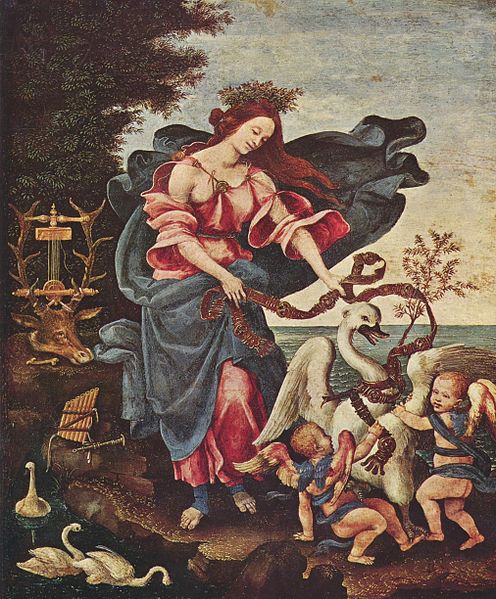

| Visitors Now: | |
| Total Visits: | |
| Total Stories: |

| Story Views | |
| Now: | |
| Last Hour: | |
| Last 24 Hours: | |
| Total: | |
On The Origin Of Music By Means Of Natural Selection

The results could also help explain why popular musical trends continuously evolve and why traditional musical forms can persist for thousands of years.
The scientists set out to test a theory that cultural changes in language, art and music evolve through Darwinian natural selection, in a similar way to how living things evolve. They simulated this cultural evolution by harnessing the power of a 7,000 strong internet audience in an experiment that was designed to answer several questions. Can music exist without being the product of a conscious, creative act? If so, what would that music sound like? Does everyone's ideal tune sound the same?
Armand Leroi, co-author of the research and Professor of Evolutionary Developmental Biology from the Department of Life Sciences at Imperial College London, said: "Everyone 'knows' that music is made by traditions of musical geniuses. Bach handed the torch to Beethoven who gave it to Brahms; Lennon and McCartney gave it to the Gallaghers who gave it to Chris Martin. But is that really what drives musical evolution? We wondered whether consumer choice is the real force behind the relentless march of pop. Every time someone downloads one track rather than another they are exercising a choice, and a million choices is a million creative acts. After all, that's how natural selection created all of life on earth, and if blind variation and selection can do that, then we reckoned it should be able to make a pop tune. So we set up an experiment to explain it."
The computer algorithm behind the study, called DarwinTunes, maintains a population of 100 loops of music, each eight seconds long. Listeners scored loops in batches of 20 on a five-point scale from 'I can't stand it!' to 'I love it!'. DarwinTunes then 'mates' the top ten loops, pairing them up as 'parents' and mingling musical elements of each pair, to create twenty new loops. These replace the original parents and the less pleasing non-parents. This process represents one 'generation' of musical evolution. At the time of publication, DarwinTunes had evolved through 2,513 generations.
The scientists then tested the like-ability of loops from different generations by asking listeners to rate them in a separate experiment. Without knowing the generational age of the loops, the volunteers consistently ranked the more evolved music as more appealing, thus independently validating the assertion that the music was improving over time.
Dr Bob MacCallum, another co-author and a mosquito genomics bioinformatician in the Department of Life Sciences at Imperial College London, said: "We knew our evolutionary music engine could make pretty good music in the hands of one user, but what we really wanted to know was if it could do so in a more Darwinian setting, with hundreds of listeners providing their feedback. Thanks to our students' and the general public's valuable input, we can confidently say it does."
Members of the public can continue to help the music evolve, by taking part in the DarwinTunes experiment at http://darwintunes.org. Individual loops can also be downloaded and used as ringtones or for offline music making.
Contacts and sources:
Simon Levey
Imperial College London
Read more at Nano Patents and Innovations
Source:


